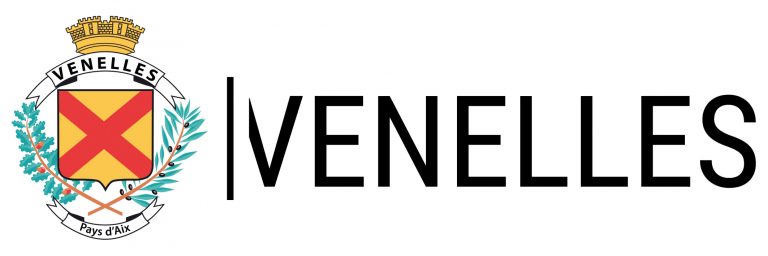The Traconnade aqueduct
In the neighbourhood of Venelles there is an underground aqueduct, a major vestige of Roman times. Thirty kilometres long, it goes through Jouques, Peyrolles, Meyrargues, Venelles and Aix-en-Provence.
When it was constructed, a major problem for the Roman builders was how to cross the Venelles plateau at an altitude of 355 m. They decided to build an underground passage, 8 km long, to carry the water. For many specialists, this « tunnel deserves to be counted as one of the most remarkable works of the Gauls ».
Even today, we can find a trace of the Roman aqueduct in the town with « inspection holes » in the districts of Les Cabassols, Les Quatre-Tours, etc.
Once the route of the tunnel was decided, the gallery was dug from either end. When the distance to be bored was 50 m, intermediary wells were used so that the two teams could dig in the opposite direction at the same time.
By locating these wells, we can see the route of the underground galleries.
The Logis fountain
In 1868, a new fountain was built at the fork of the old and new imperial road, at the crossroads of today’s Maurice Plantier Avenue and Grand Logis street. The water running in the fountain came from the « Grand-Puits » (Big Well) along a cast-iron pipe.
In 1896, a pool dug above La Reille street supplied the fountain with water.
From 1926, water from the Verdon canal took up the task.




